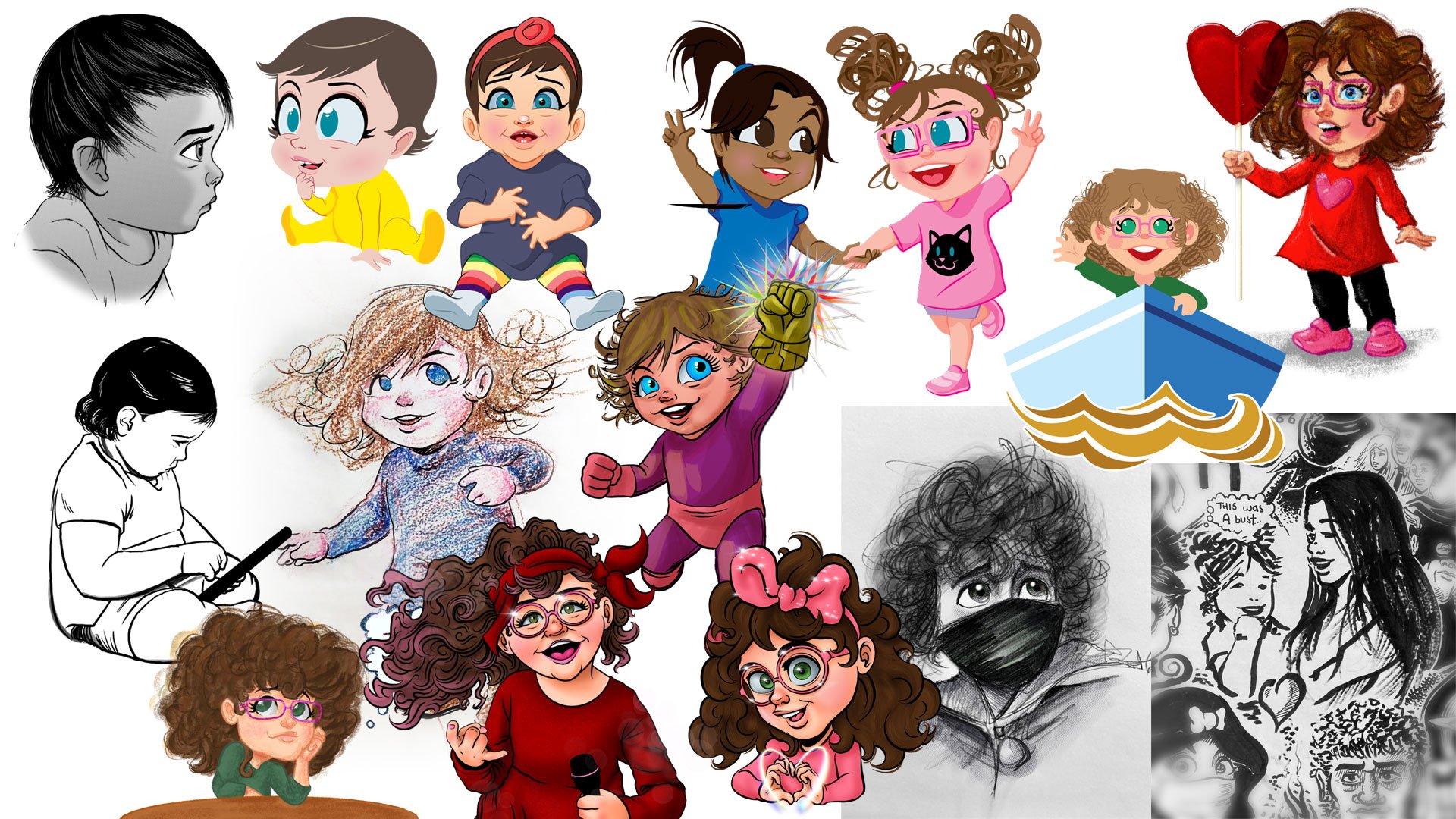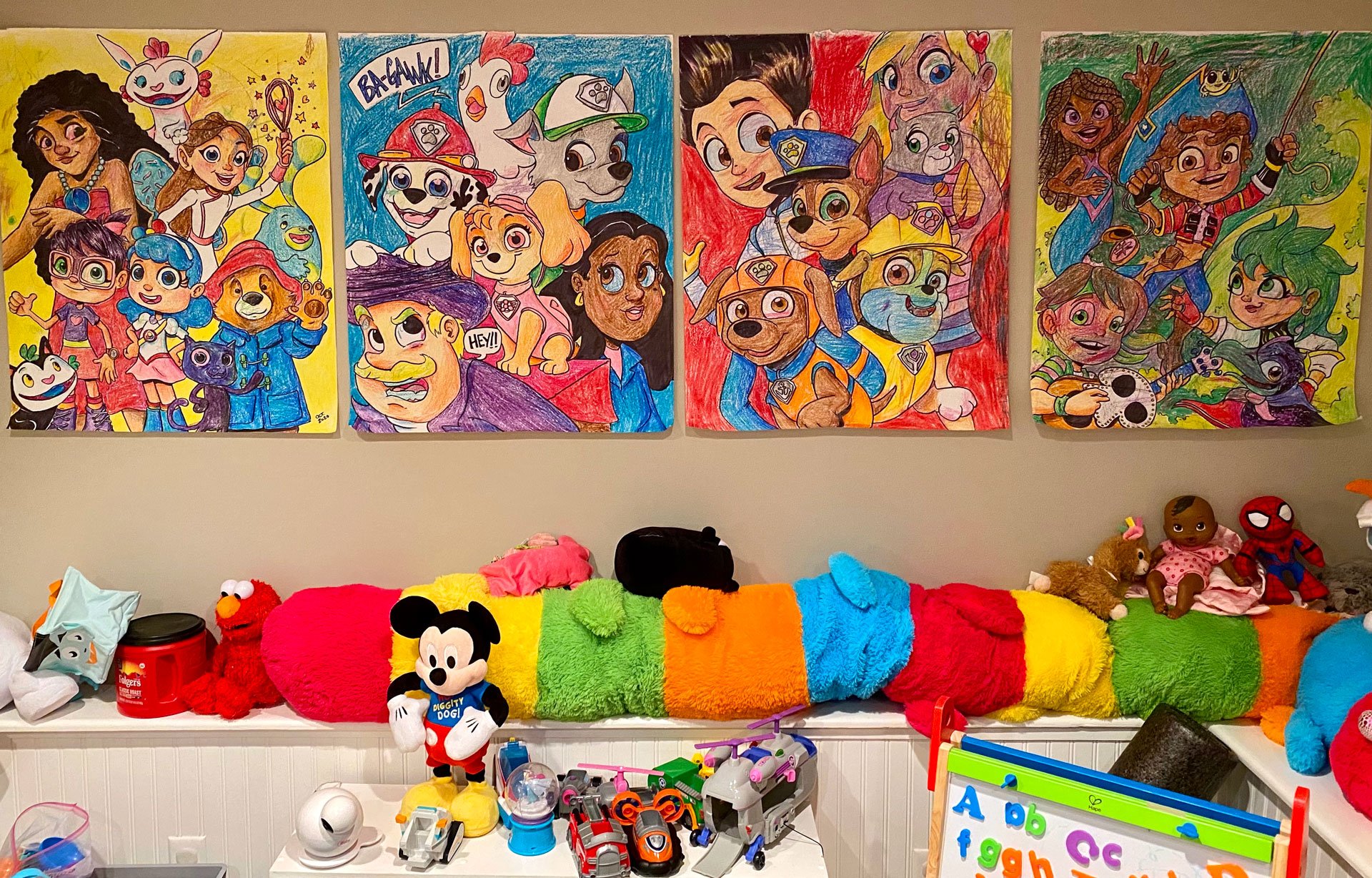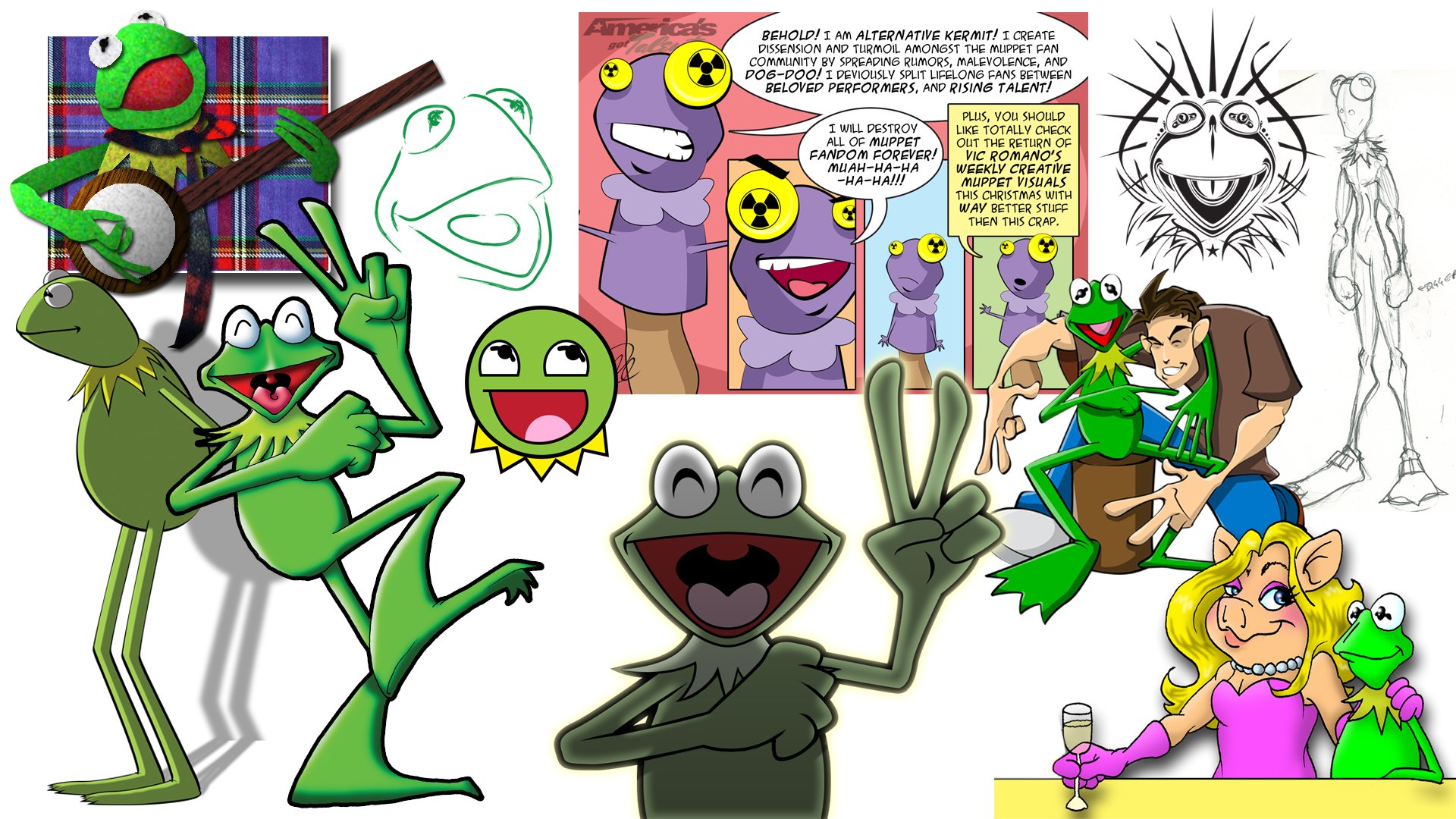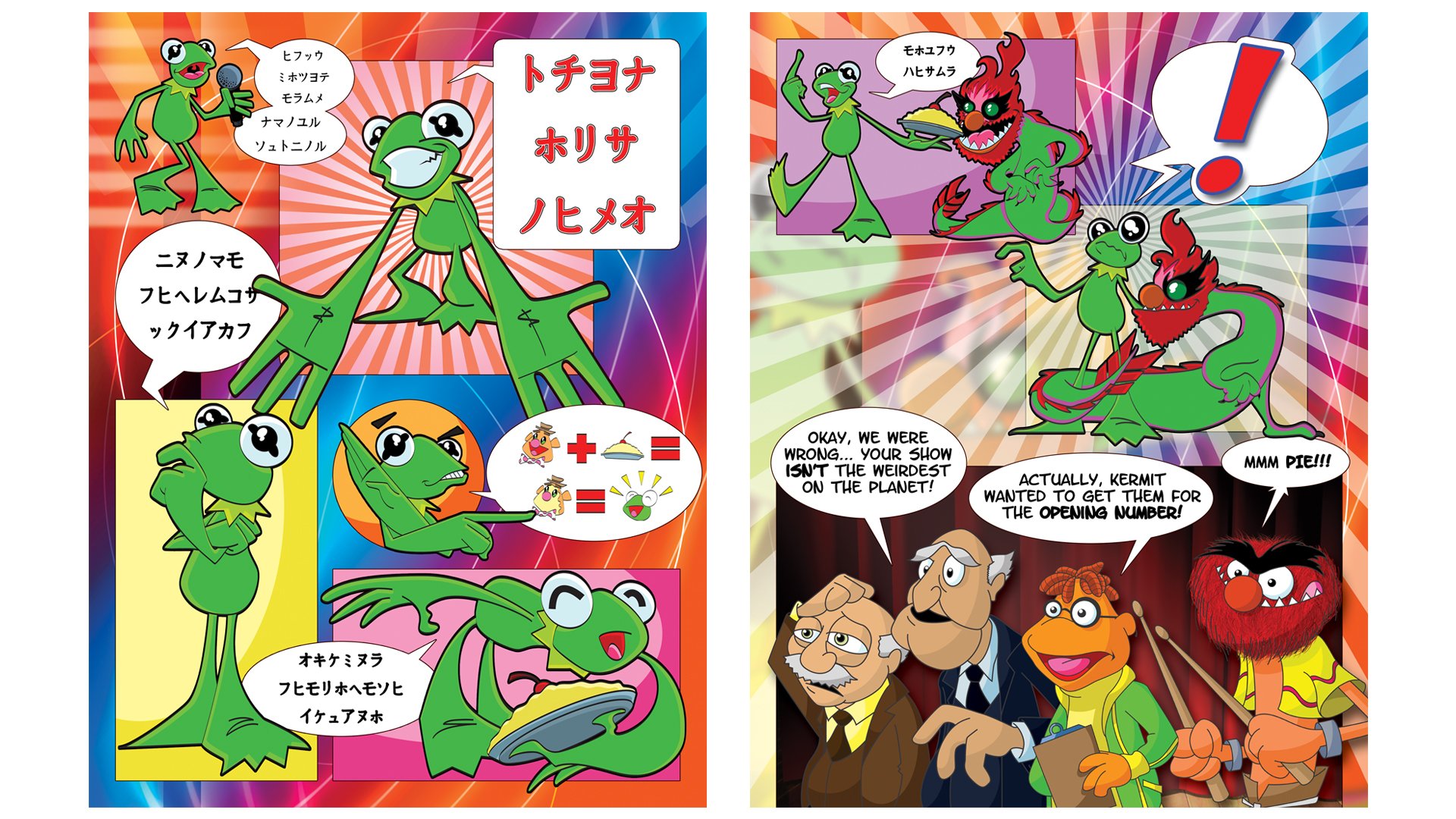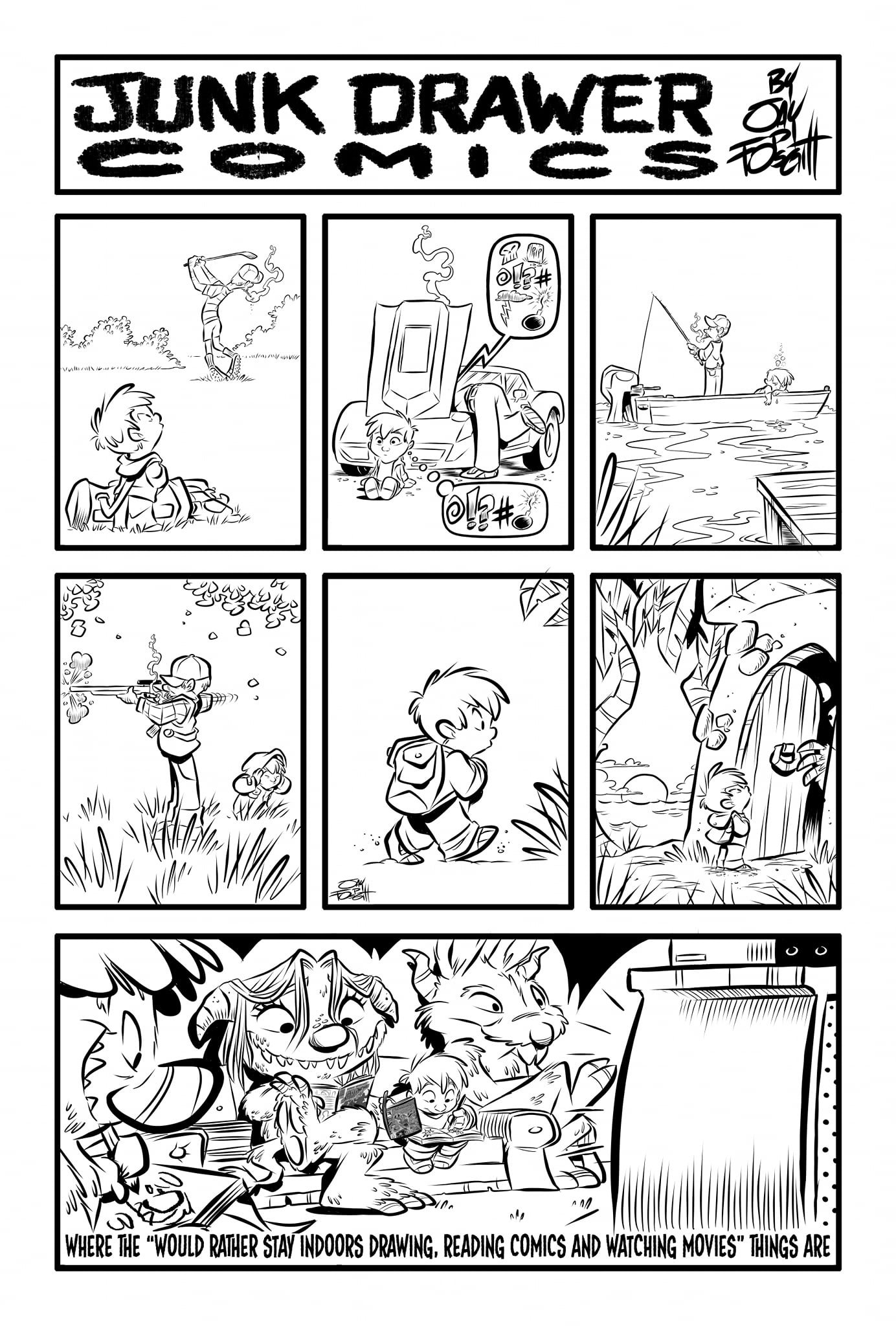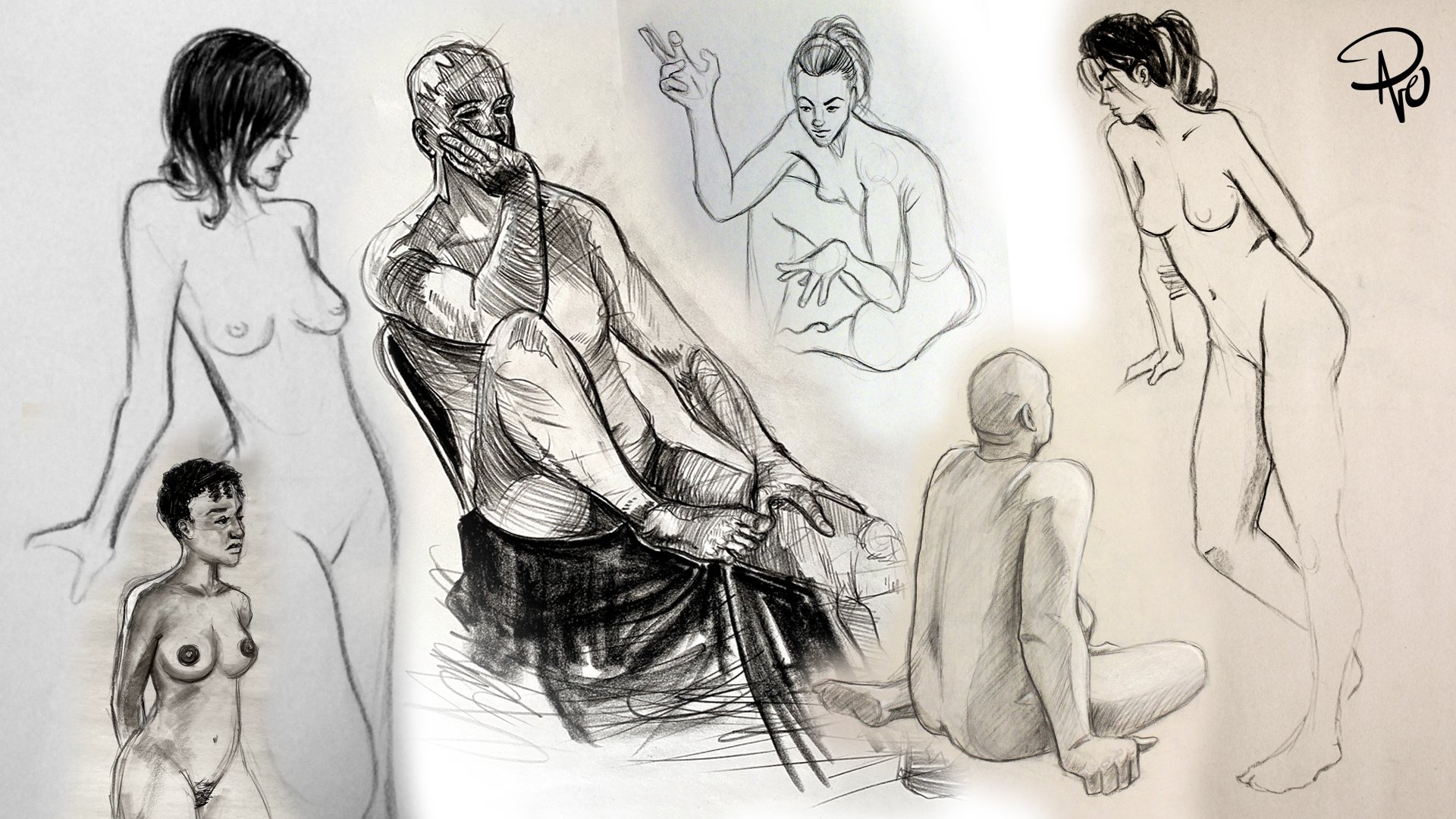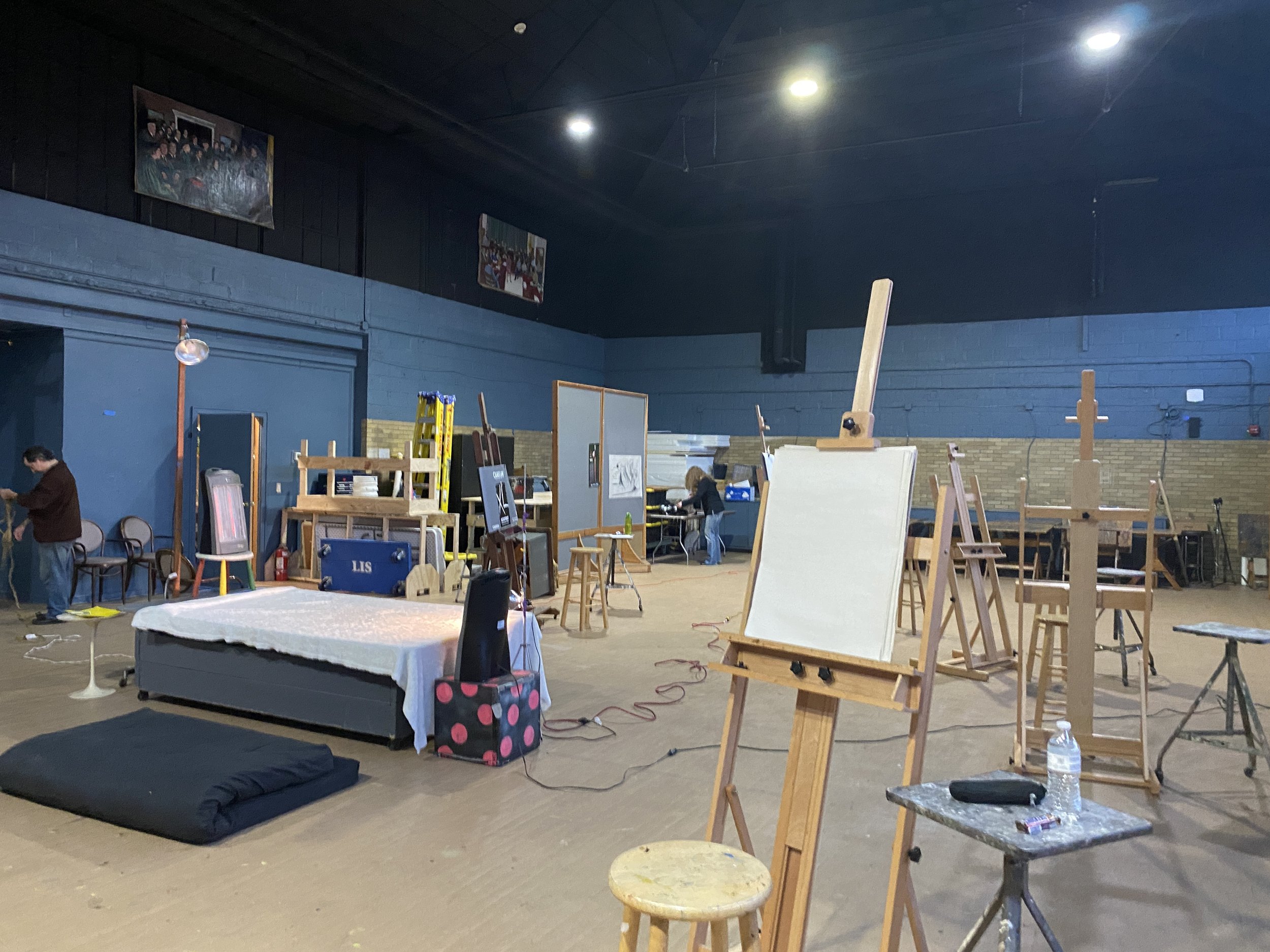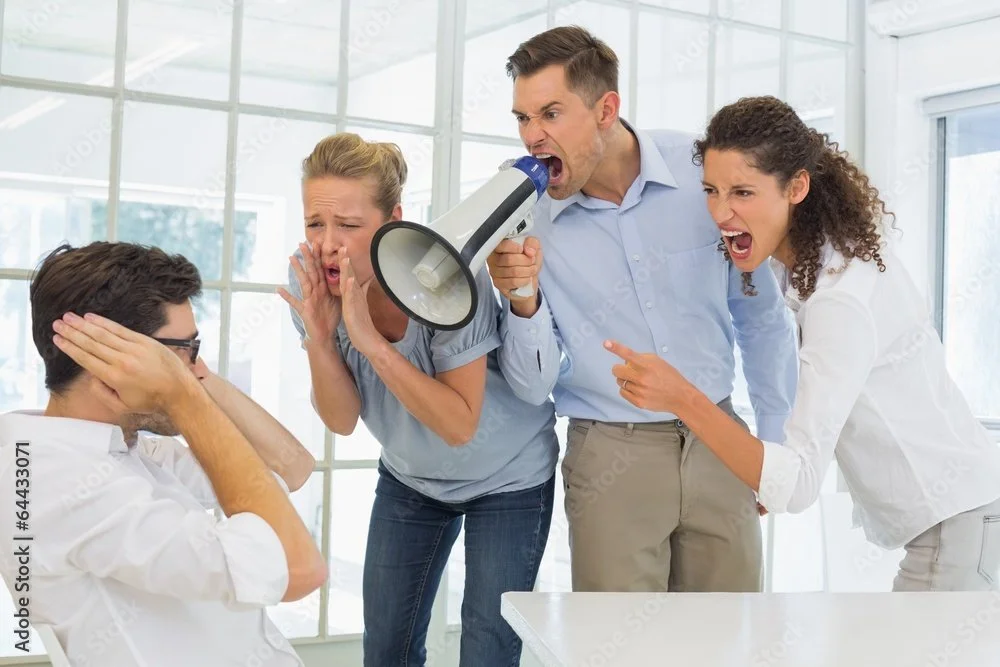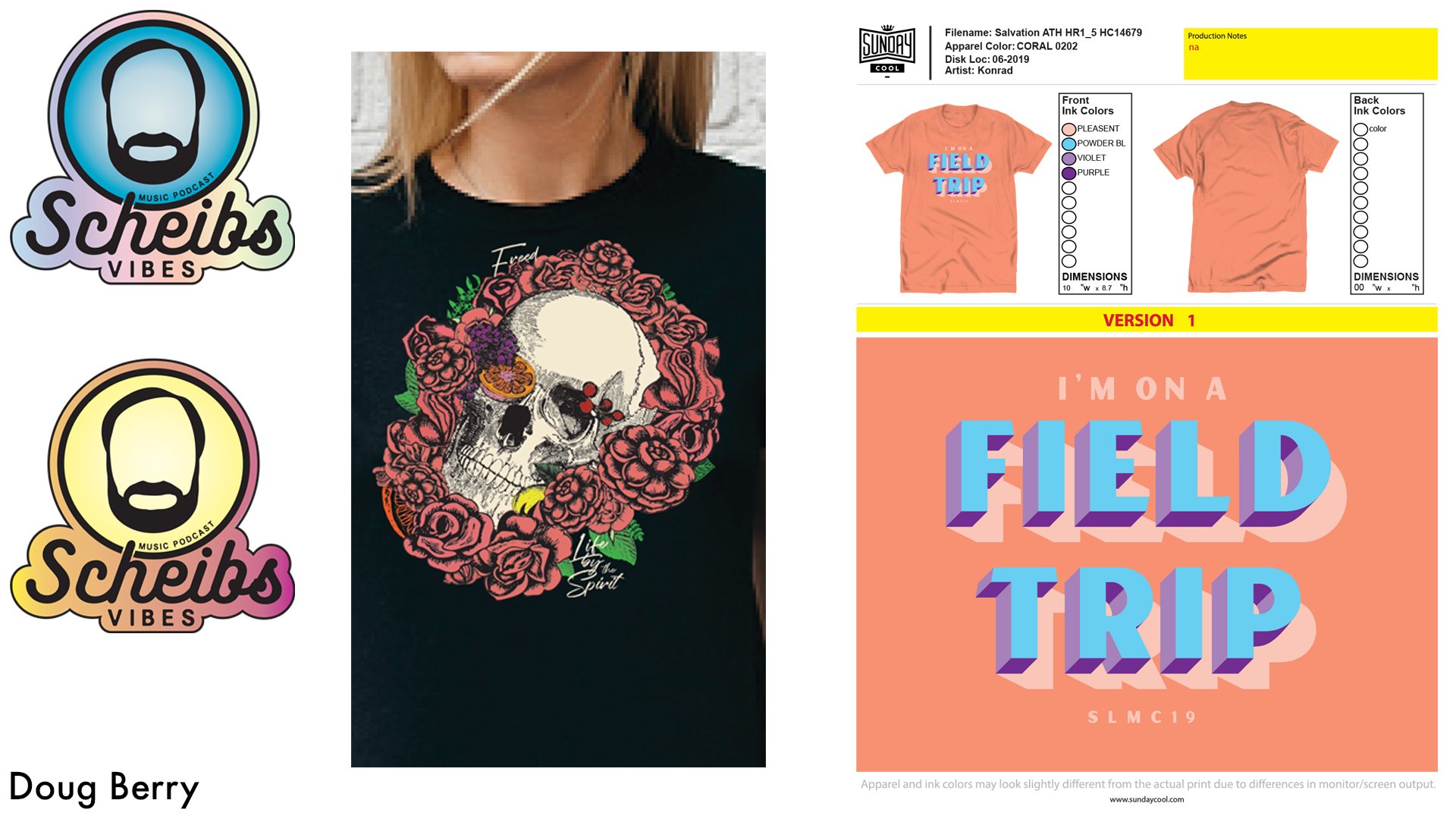When I wrote about finding a creative outlet through kids and how exciting it can be, I neglected to really show off what that entailed. I suggest you check that post out first if you haven’t already, but with Father’s Day a little over two weeks away, I thought I would share some of what that actually looks like and present some of what my daughter and I have a blast doing.
She couldn’t directly contribute to our shared creative endeavors as a baby, but she was still a huge inspiration
Now initially there wasn’t much she could do being a newborn, but that never stopped her from being my newfound muse. Mostly I drew her and it is always a privilege to draw my daughter. It’s very meta to watch my art of her grow with her and that’s something I’ll do for the rest of our lives. I also found fun ways to incorporate her into other mediums.
Also featured are her cousin and mommy!
Every kid starts with crayons before their parents introduce—then immediately take away—markers. Of course, these are mediums that we’ll use for years to come. My daughter and I still love drawing giant posters that we hang all over the house. At first there was no rhyme or reason to our drawing. I would casually draw while she would climb all over me and scribble all over the paper, me, the floor, the wall, the television, the cat, and most prominently herself. Nowadays we plan what we will put on our posters (usually characters from whatever she’s currently in to) and then wallpaper the playroom. This isn’t just a fun thing to do, it’s decorative and serves a purpose.
I was convinced we weren’t getting our security deposit back on the apartment we moved from there were so many marks on the walls and floors!
The other fun thing about these giant posters is that they are shared experiences for my wife as well as anyone who comes over to visit. Family always contributes time to coloring these posters and its a great activity anyone can share in.
The real irony is how we no longer really watch any of these particular shows anymore, but we still love having them decorate our playroom
Afterwards, we make something of a big deal when we formally place our poster up on the wall and peruse the place like a museum.
One of our more prominent creative outlets have been our Big Show; a fun little talk show style video series where we chat about any and everything. We’ve even occasionally done a news type segment. This gives her a chance to not only be seen but heard and who doesn’t love watching themselves on TV?
What makes everything we do so much fun is often how new it seems for both of us. Paper maché, construction paper stick puppets, our own newspaper, rock painting, or even just regular playtime. She’s even getting more interested in photography.
Dry erase markers on windows is a lot of fun if you remember to explain only those markers on only the windows
However, what we’re known for throughout our neighborhood is chalk drawing in our driveway (in fact, we even recently created an Instagram account for that we would love for you to follow!). Whether it’s taking suggestions from other kids or making huge holiday murals, I tend to get more carried away than she does. What I have to constantly tell myself is that this is our project, not mine. I may draw the lion share of stuff, but it’s 100% okay for her to contribute or draw over. It’s not messing something up if it’s a collaborative effort she loves as well.
Follow us on Instagram @rosestartsp
I’m also grateful that I’m not the only creative influence she has. We have many variations of talented artists in our family and close circle of friends that expose her to music, dance, writing, acting, and just being silly for the sake of silly.
My wife, dad, brother–in–law, and sister are just a few of the other creative people in my daughter’s life
While drawing will always be my immediate go–to with her, I never want her to feel obligated to follow directly in my footsteps. It’s natural for a creative person to be highly influential in a child’s development, but it’s important they have opportunity to find their own voice, their own style, their own approach. Being creative isn’t limited to, “the arts.” It’s about being able to see things differently so that problem solving is an open–minded pursuit. And if you’re wondering, my daughter adores her school art teacher, insisting, “He’s a way better artist than you, daddy” which I absolutely love. Not just because she doesn’t have an obligation to putting me on such a pedestal, but because she feels comfortable enough to set her own boundaries and even start to appreciate different art forms, styles, and approaches.
Sharing artwork together
My (step) mom always said after she married my dad and became my mom, “There’s no manual” referring to how much of a learning curve there is to being a parent. That continues to make more and more sense the older my daughter gets, but I think there’s something to be said for parental instinct. I started drawing her little pictures for her to find in her lunchbox when she started school before someone my wife and I admire suggested we be careful so as not to make it seem like we were forcing any of our interests onto her, or worse; take attention away from her friends and accidentally redirecting it on to us. Having grown up without my mother often meant I felt I had huge shoes to fill and I didn’t want that burden to be placed on my daughter. After a couple weeks of not placing these drawings in her lunchbox however, she read me the riot act about being disappointed that there were no drawings with her snacks anymore. Now I can draw Louisa from Disney’s Encanto from memory.
Princess Tiana (with a special frog), Luisa from Encanto, a cheese bear-ger, and Bruno also from Encanto
In the end, my personal feeling is that whatever my daughter finds joy in, that is where her passion will lie. Having the creative freedom to find that joy is such a fun and wonderful journey, that it’s beyond developmentally stimulating; it’s foundational too. Please follow me on Instagram and Twitter and follow my blog every Friday!
A little bit silly, a little bit fantasy, a lot of fun, and a healthy helping of “throw a ton of stuff at the wall and see what sticks”


